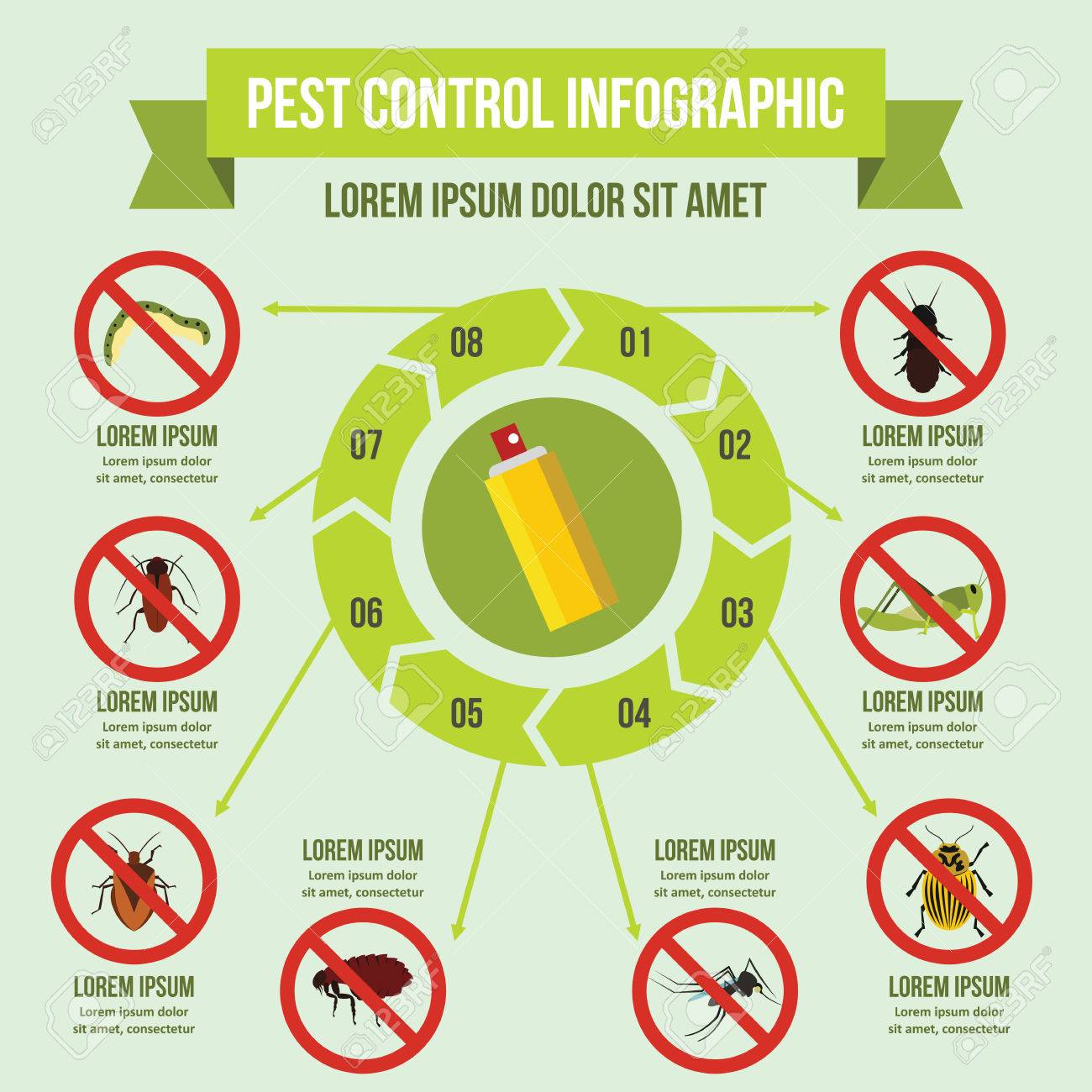Insights From Professionals On Rodent Habits For Successful Insect Control
Insights From Professionals On Rodent Habits For Successful Insect Control
Blog Article
Short Article Created By-Gravgaard Stentoft
Imagine being able to anticipate the actions of your opponents in a video game of chess, constantly staying one action in advance.
In the world of insect control, comprehending rodent habits resembles having that strategic advantage. By obtaining professional insights into the nesting practices, feeding patterns, and communication and social behavior of rats, you can successfully combat these pesky creatures.
Yet how specifically do rodents act, and why is it crucial to understand? In this conversation, we will certainly unwind the mysteries of rodent habits, supplying you with important knowledge that will help you remain in advance in the battle versus parasites.
Are you all set to uncover the keys of these shrewd creatures?
Nesting Behaviors
To recognize rodent habits and properly control bugs, it is very important to get insight right into their nesting routines.
Rats, such as computer mice and rats, have an all-natural impulse to discover shelter and produce nests where they feel safe and safe and secure. These nests act as their homes, breeding premises, and storage space areas for food. Understanding their nesting behaviors can assist you identify possible locations of problem and carry out targeted control measures.
Rodents typically prefer nesting in dark, private rooms, such as attics, basements, crawl spaces, and wall spaces. They utilize products like shredded paper, textile, insulation, and even chewed-up electrical wires to construct their nests.
Feeding Patterns
Rodents exhibit distinct feeding patterns that play a crucial duty in their actions and can notify reliable insect control techniques. Comprehending these patterns is essential for carrying out successful parasite control procedures.
Rodents are opportunistic feeders, indicating they'll take in whatever food is readily available. They like high-calorie foods such as grains, nuts, and seeds. This is why proper storage of food and waste monitoring are critical in avoiding rodent infestations.
Furthermore, rodents are nocturnal, which indicates they're most active during the night when they look for food. By understanding their feeding patterns, you can strategically put traps and lures to optimize their performance.
Keeping food resources hard to reach and preserving a clean atmosphere can assist prevent rodents and decrease the danger of problem.
Interaction and Social Behavior
Understanding how rodents communicate and connect socially is important for reliable pest control strategies. Rodents, like computer mice and rats, have complicated interaction systems that they make use of to share information to every various other and collaborate their activities. flea pest control cost are three vital elements of rodent communication and social behavior:
1. Articulations: Rats produce a wide range of vocal noises, including squeaks, tweets, and babbling, to interact with each other. These articulations can share numerous messages, such as risk warnings or mating calls.
2. Scent noting: Rodents utilize scent glands to leave chemical signals on objects and in their setting. These scent marks serve as territorial borders and communicate information concerning reproductive standing, dominance, and social affiliation.
3. Social hierarchy: Rodents have an ordered social structure, with leading individuals having access to resources and favored nesting sites. Comprehending wasp removal cost is important for targeting pest control efforts and determining vital people for elimination.
Conclusion
So, there you have it - a brief glimpse into the remarkable world of rodent actions. By comprehending their nesting practices, feeding patterns, and interaction, we can better take on the concern of bug control.
Did you recognize that a female mouse can generate up to 10 trashes per year, with each trash including around 5-6 puppies? This impressive fact highlights the relevance of timely and effective pest management to stop rodent populaces from spiraling uncontrollable.
